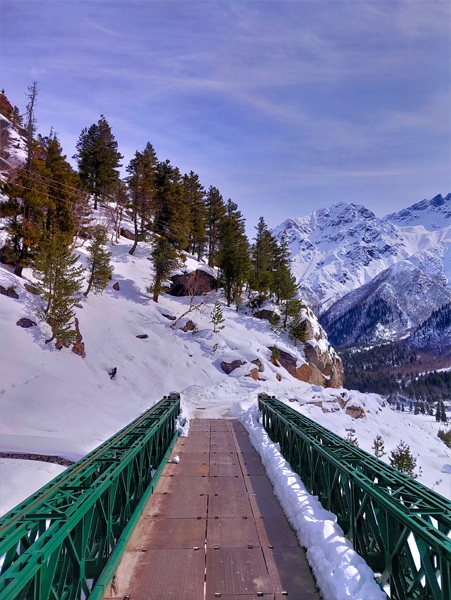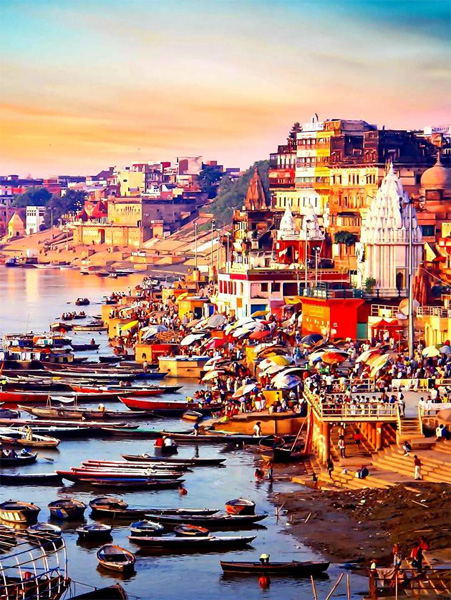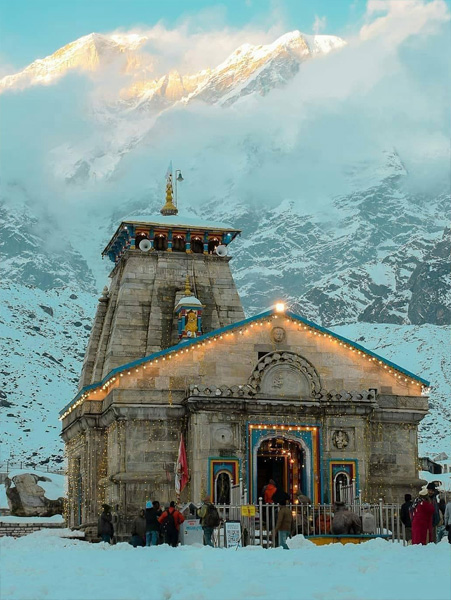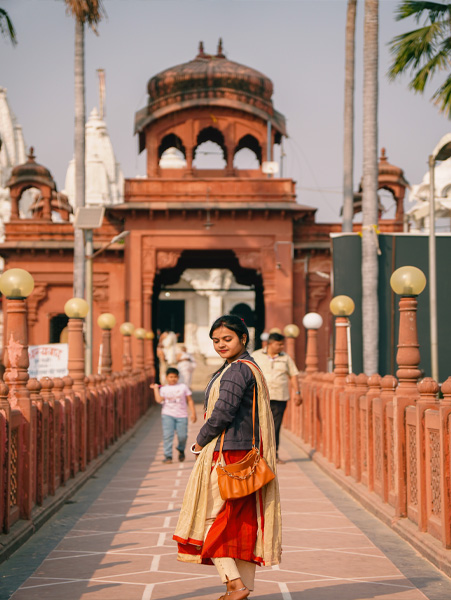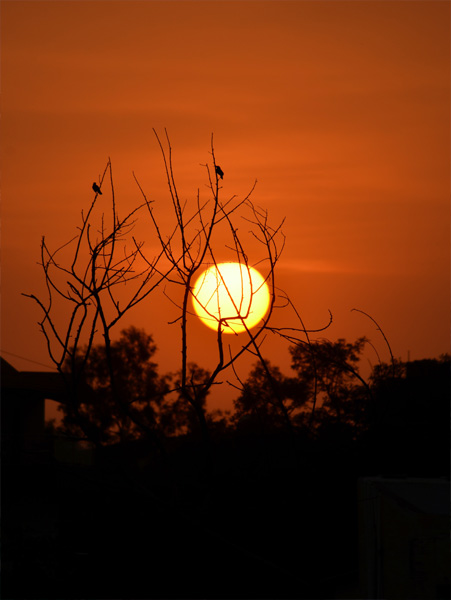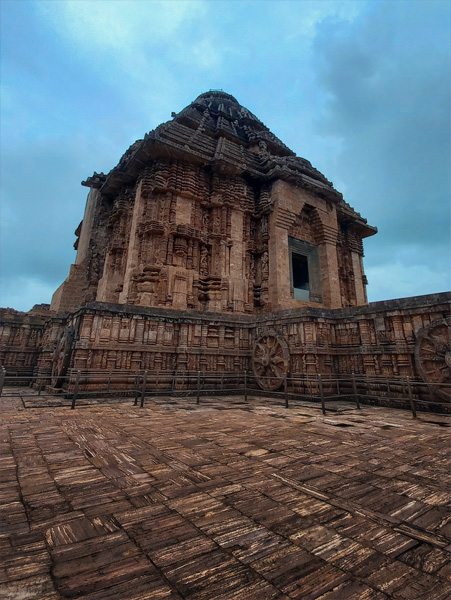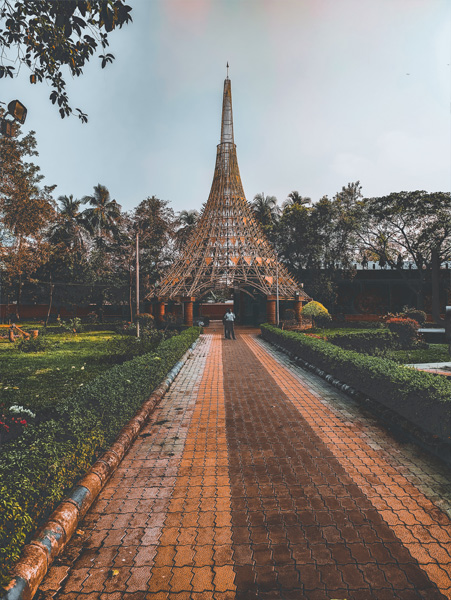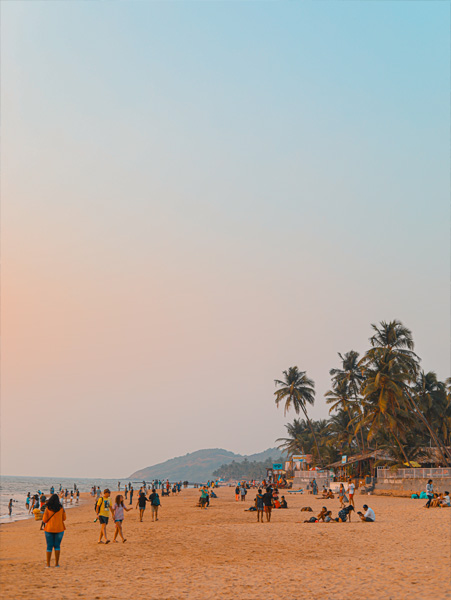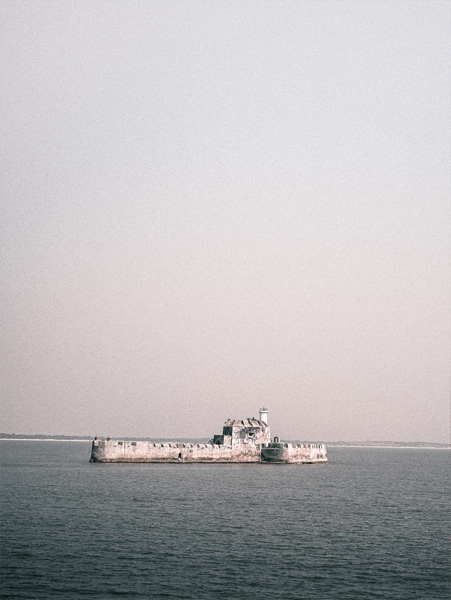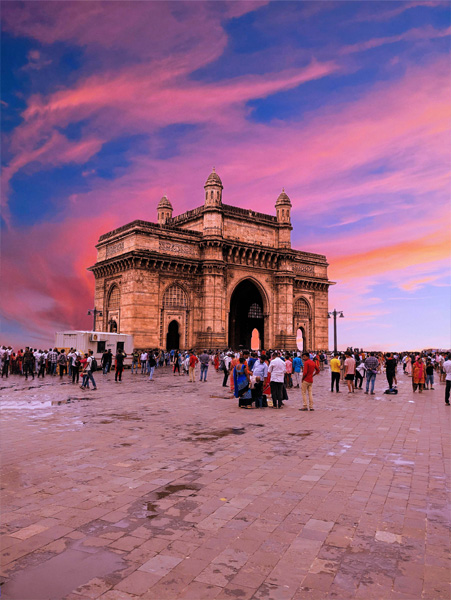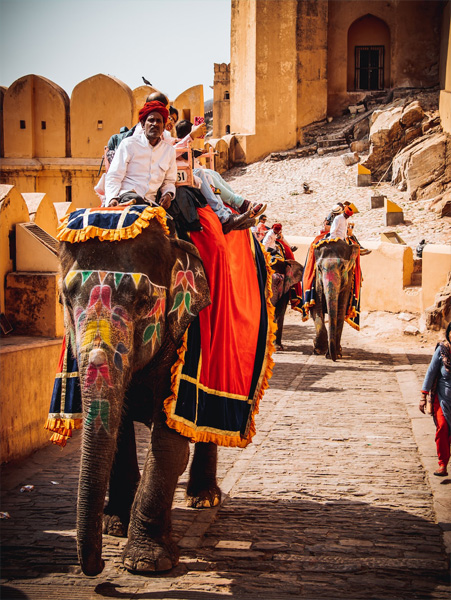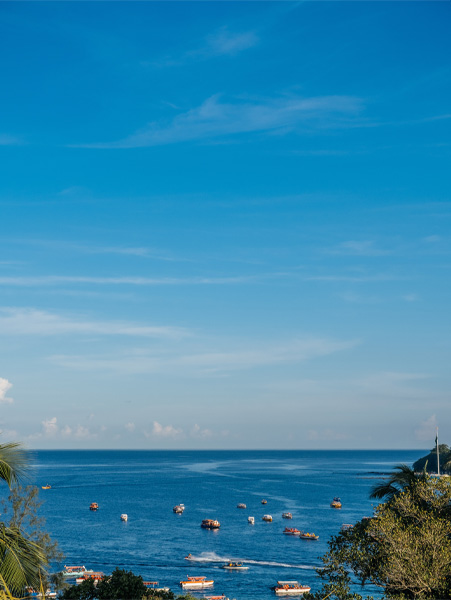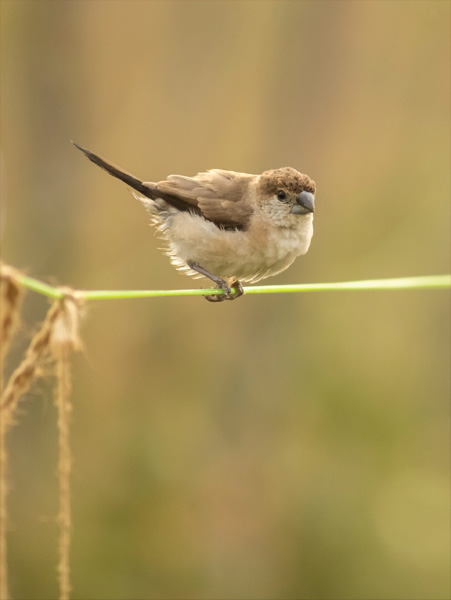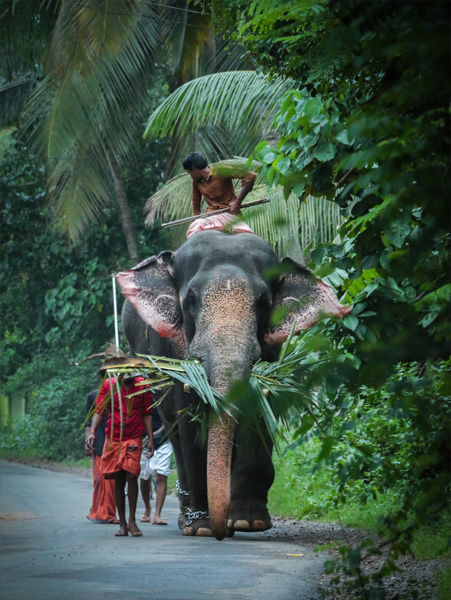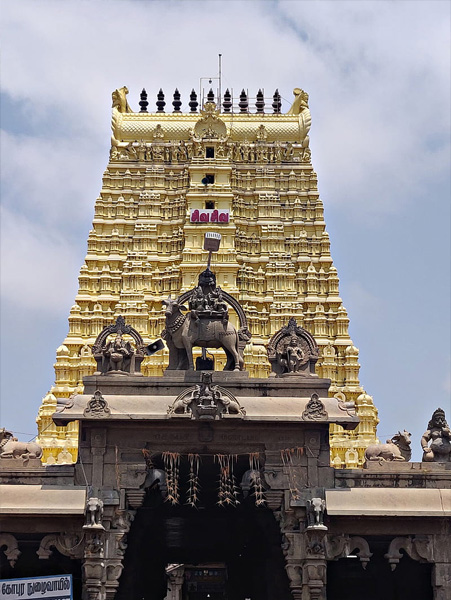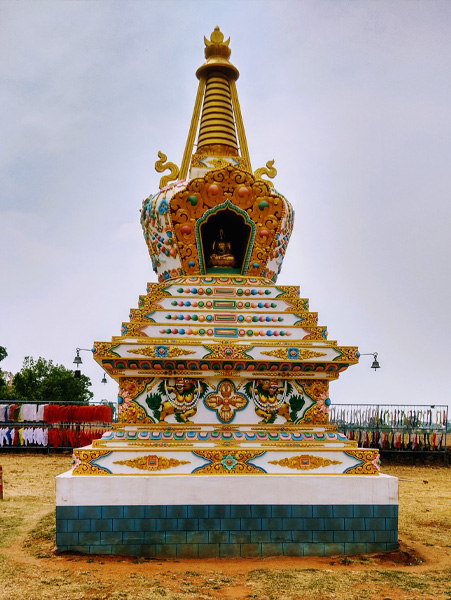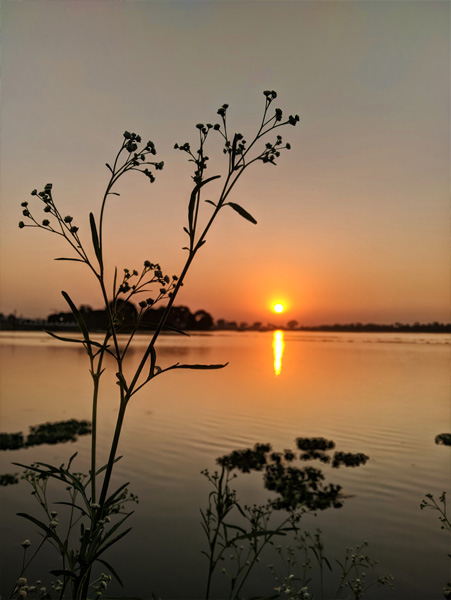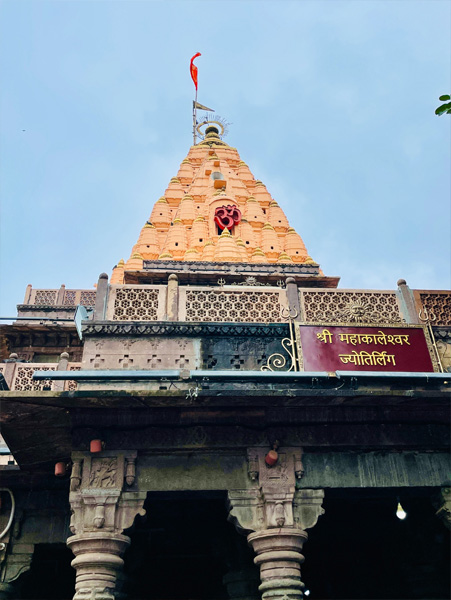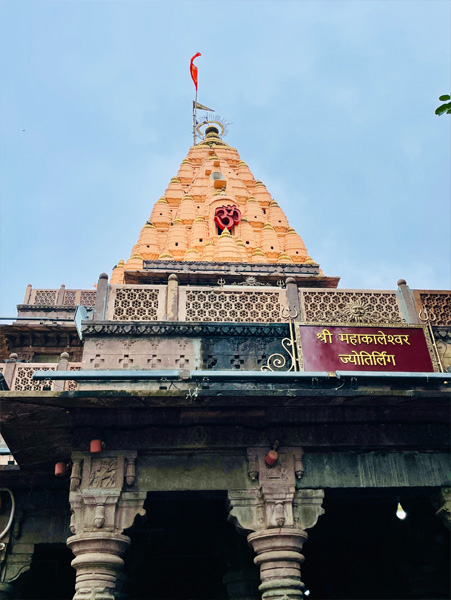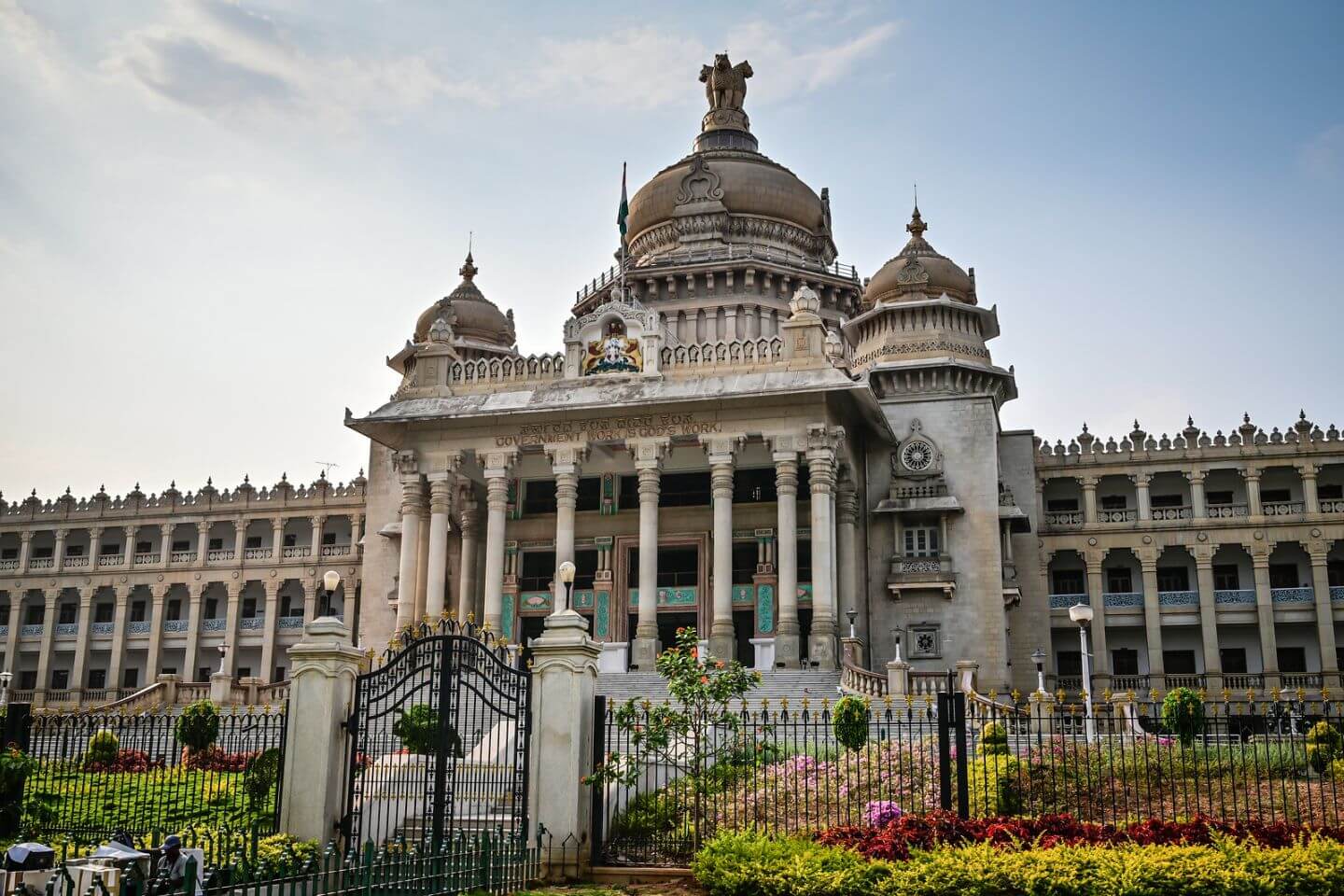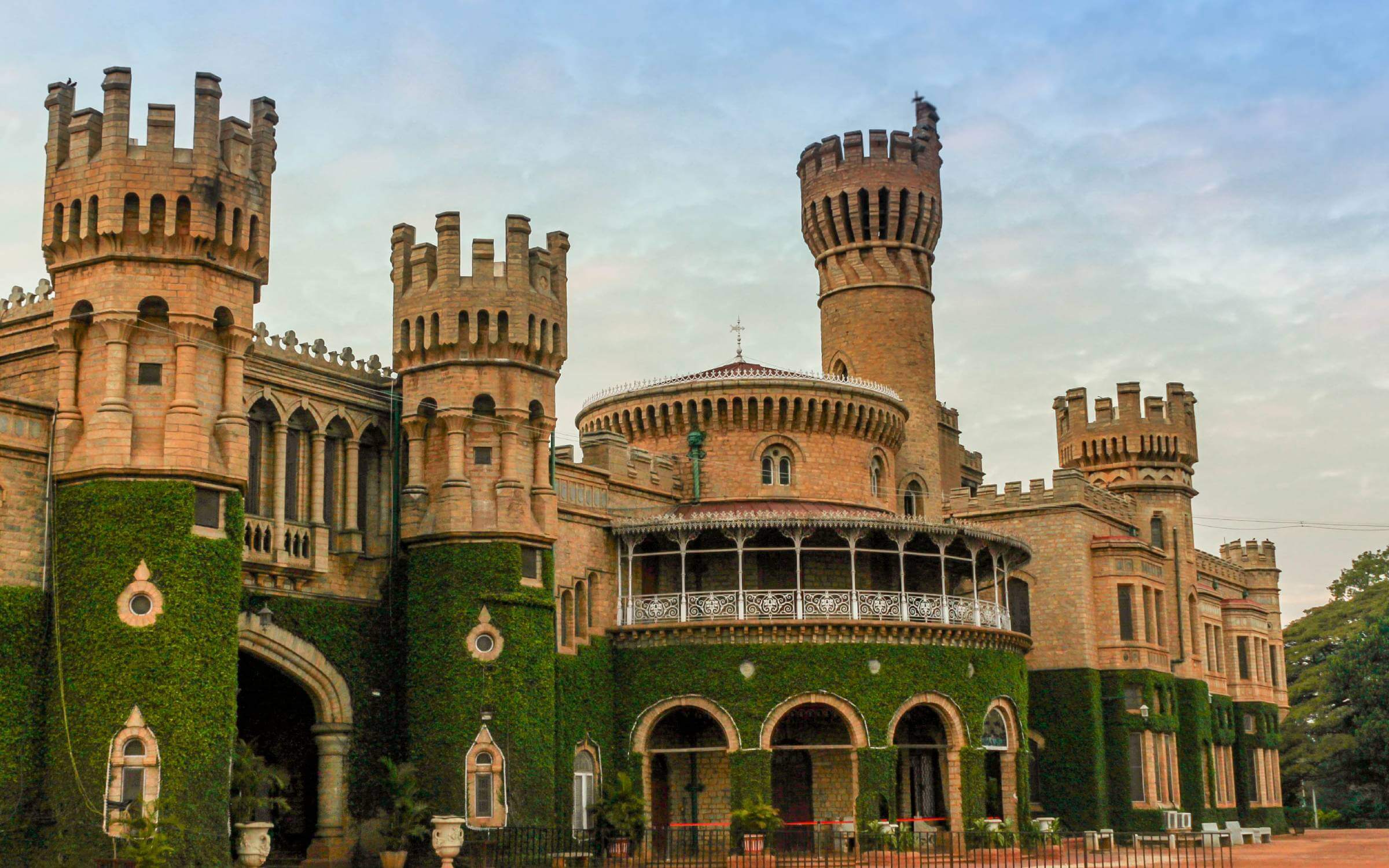andhra pradesh with karnatka package tour - 12 Night / 13 Days
Overview
Blessed with the epitomes of modern day lifestyle and culture, the regions of Deccan, Andhra Pradesh and Karnataka are the exemplary emblems of affluent past as well. All the three regions boast natural beauty that lures the senses of nature lovers.
Itinerary
Day 01: Arrive Hyderabad
Upon arrival at Hyderabad airport meet with our representative and transfer to the hotel. Rest of the day free at leisure. Overnight stay at hotel.
Hyderabad is the capital of Andhra Pradesh and is the fifth largest city in India, being the former seat of one of the world's richest monarchs namely the Nizams. It is a major centre of Islamic culture and is a harmonious amalgam of the South and the North.
Hyderabad became famous when the fourth Qutb Shahi ruler, Quli Qutb Shah created this new capital and named it after his Begum - Hyder Mahal. Before the founding of Hyderabad, the Qutb Shahi kings ruled from the fortress of Golconda - 11 kms to the west. Today, the extensive ruins of the fort, with Qutb Shahi's tomb, have become principal attractions for tourists.
Day 02: Hyderabad
After breakfast will have full day guided city sightseeing tour of Hyderabad visiting Charminar and Golconda Fort. The twin cities of Hyderabad and Secunderabad are separated by the Hussain Sagar Lake. Overnight stay at hotel.
Golconda was once famous for its flourishing trade in diamonds, which has now become a legend of the past. Today tourists visit this palace only to see the ruins.
The Salar Jung Museum: This treasure house of art is located on the bank of the river Musa. Acclaimed as one of the finest one-man collections in the world, this museum is named after Mir Yusuf Ali Khan - Salar Jung III - the prime minister of the Nizam, who was a great connoisseur of art. It houses 35,000 exhibits collected from all corners of the world including illuminated manuscripts, bejeweled armories, wood carvings, exquisite cut glass collections etc.
The Charminar Situated in the heart of the old walled city, this edifice is the best known landmark with bustling bazaars all round, where a variety of articles like pearls, jewellery, bangles, chandeliers, silks are displayed. It was built in 1591 A.D. by Quli Shah, as a form of talisman to ward off the dreaded epidemic that was ravaging the city.
Mecca Masjid: It is the largest mosque situated close to Charminar. It was begun by Qutb Shah in 1614 A.D., but was completed only in 1687 A.D. by the Mughal Emperor - Aurangzeb.
Naubat Prabhat: Popularly called Birla Mandir this temple built of pure white marble atop a hill and dedicated to Lord Balaji is a very popular tourist attraction. One can get an excellent view of the twin cities and the lake joining them.
Day 03: Hyderabad - Gulbarga
Morning after breakfast drive to Gulbarga. It exhibits a delightful synthesis of Hindu and Muslim cultures, as it was occupied successively by both Hindu and Muslim rulers. For the very reason the place upholds fine examples of Islamic as well as Hindu architecture. As a result, the town is visited with equal fervor by both tourists and historians alike. Gulbarga even has remains of a Buddhist culture.
Upon arrival check into the hotel. In the afternoon visit The Gulbarga fort, a remnant of the Brahmani age has stood the test of time and the remnants of its architecture still make it worth your visit. It was originally built by Raja Gulchand. Later 15 towers were added by Allah-ud-din Bahmani.
Also visit the Jama Masjid, built by a Spanish architect in the model of the Cordoba mosque of Spain. The Masjid is built in a peculiar style - the roof is composed of no less than 68 domes. The total area covered by the tomb is simply enormous and you can find mosques, temples, other buildings, towers etc. inside. There are a number of guns stationed in the fort, one of which measures to 25 meters in length. Overnight stay at hotel.
Day 04: Gulbarga - Bijapur
After breakfast drive to Bijapur. Upon arrival check into the hotel. It is one of the largest district in Karnataka state. The city was founded by the Chalukyan dynasty during the 10th century. The city came under Muslim influence towards the end of 13th century and was ruled by various rulers including Allauddin Khilji, Bahamani Sultans and Adil Shahi dynasty. Bijapur experienced a great burst of architectural activity under the Adil Shahi dynasty. The Adil Shahis encouraged building activity to such an extent that the city itself has over 50 mosques, more than 20 tombs and a number of palace.
After fresh-n-up city sightseeing tour of Bijapur, visiting Gol Gumbaz, The structure is composed of a cube, 47.5 metres (156 ft) on each side, capped by a dome 44 m in external diameter. "Eight intersecting arches created by two rotated squares that create interlocking pendentives" support the dome. At each of the four corners of the cube, is a dome-capped octagonal tower seven stories high with a staircase inside. The upper floor of each opens on to a round gallery which surrounds the dome. Inside the mausoleum hall, is a square podium with steps on each side. In the middle of the podium, a cenotaph slab on the ground marks the actual grave below, "the only instance of this practice" in the architecture of the Adil Shahi Dynasty. In the middle of the north side, "a large semi-octagonal bay" protrudes out. With an area of 1,700 sq m (18,000 sq ft) the mausoleum has one of the biggest single chamber spaces in the world. We will also visit Ibrahim Rauza and Jumma Masjid, Malik-e-Maidan. Overnight stay at hotel.
Day 05: Bijapur - Badami
After breakfast drive to Badami, en-route visit Kudala Sangama Temple & Banashankari Temple which Hindu Temples. Further continue drive to Badami. Upon arrival check into hotel. After fresh-n-up visit Aihole & Pattadakal (World Heritage site) Temples. Return to badami for night stay.
Day 06: Badami - Hospet
Morning visit Mahakoota temples and Badami rock cut caves. Later after breakfast drive to Hospet. Upon arrival check into the hotel. Overnight stay at hotel.
Day 07: Hospet
Morning after breakfast an excursion to Hampi. Later return to the Hospet.
Hampi, the seat of the famed Vijayanagara empire was the capital of the largest empire in post-mughal India, covering several states. The Vijayanagara empire stretched over at least three states - Karnataka, Maharashtra and Andhra Pradesh. The destruction of Vijayanagar by marauding Mughal invaders was sudden, shocking and absolute.
Although in ruins today, this capital city once boasted riches known far beyond the shores of India. The ruins of Hampi of the 14th Century lies scattered in about 26 sq. km area, amidst giant boulders and vegetation.
Protected by the tempestuous river Tungabhadra in the north and rocky granite ridges on the other three sides, the ruins silently narrate the story of grandeur splendor and fabulous wealth.
The splendid remains of palaces and gateways of the broken city tells a tale of man's infinite talent and power of creativity together with his capacity for senseless destruction. A visit to Hampi is a sojourn into the past. Most of the important structures and ruins are located in two areas, which are generally referred to as the Royal Centre and the Sacred Centre.
A visit to Anegundi village by traversing the gushing Tungabhadra river on a coracle is an experience that provides the guests with a glimpse into the traditional country life in Karnataka.
In the afternoon, proceed for a local sightseeing tour of Hospet. Overnight stay at hotel.
Day 08: Hospet - Hassan
After a quick breakfast leave for Hassan. Upon arrival check into the hotel. Overnight stay at hotel.
Hasanamba Temple is 800 years old and houses the main deity of Hassan. The temple is dedicated to Amba also known as Goddess Shakti. The goddess here is an anthill or (hutta in kannada) which denotes Hasanamba is actually goddess Parvathi. The Inner sanctum opens only once a year for two weeks during Deepavali and closes three days after Balipadyami. When the temple is closed they keep before the goddess a lit lamp two bags of uncooked rice, water and flowers. Overnight stay at hotel.
Day 09: Hassan - Belur – Halebid - Hassan
Morning after breakfast an excursion of Belur & Halebid. Later return to Hassan for overnight stay.
Belur in Hassan district 220 kms from Bangalore and 38 kms from Hassan) is famous for its magnificent Hoysala Temple Complex. The Chennakesava Temple here is the major attraction, built by Hoysala Vishnuvardhana, to commemorate his victory over the Cholas. The facade of the temple is filled with intricate sculptures with no portion left blank. It is the only Hoysala Temple still in active worship.
Halebid in Hassan district is 27 kms away from Hassan and was the capital of the Hoysalas. It has one of the finest Hoysala temples. The Hoysaleswara Temple, perched on a star-shaped base amidst lawns, is a sculptural extravaganza. Its walls are richly carved with an endless variety of Hindu deities, sages, stylized animals, birds and friezes depicting the life of the Hoysala Kings.
Day 10: Hassan - Mysore
Morning after breakfast drive to Mysore, en-route we will visit Shravanbelogola to visit the Jain temple - atop of the hill with five hundred steps cut out of rock lead to the summit and the colossal statue of Lord Gomateswara, which is 1705 meters high. It is nearly eighteen hundred years old.
Further continue drive to Mysore. Upon arrival transfer to the hotel. Overnight stay at hotel.
Day 11: Mysore
Morning after breakfast city sightseeing tour of Mysore. Mysore was the erstwhile capital of the Wodeyars. The legend takes its name from a famous demon called Mahishasura, a great warrior who ruled as a tyrant until he was killed by the goddess Chamundeshwari. Mysore as we see today is most famous for the imposing Royal Palace with a magnificent Durbar Hall, particularly splendid during the Dussehra Festival when the Maharaja's jewelry, studded gold throne (weighing 200 kgs) is on display. Chamundeshwari temple perched on a hilltop is 2000 years old, Nandi Bull halfway to the hill is a 4.8 meter monolith. 19 km north-west of Mysore is the KRS Dam and the ornamental Brindavan Gardens. The musical fountains and colorful lights transform this place into a fairlyland in the evenings.
In the afternoon an excursion to Srirangapatnam, Ranganathaswamy Temple, Tippu's Palace, Fort, Gumbaz and Tippu's Summer Palace.
Later return to Mysore for night stay.
Day 12: Mysore - Bangalore
After breakfast leave for Bangalore. Upon arrival check into the hotel. After fresh-n-up half day city sightseeing tour of Bangalore, visiting the Vidhana Soudha or the State Secretariat, Cubbon Park, The Government Museum of Bangalore (one of India's oldest museums) and the Visvesvaraya Technological and Industrial Museum, The Lal Bagh Botanical Gardens, Tipu Sultan's Fort and Palace.
Later return to the hotel for overnight stay.
Day 13: Bangalore
Transfer to the airport to board the flight for onward destination.
Tour & services Ends.
Inclusions/Exclusions/Cancellation
Quick Enquiry Form
Please fill the form below and get best offer.
Similar Experiences
Other Karnataka tour packages

